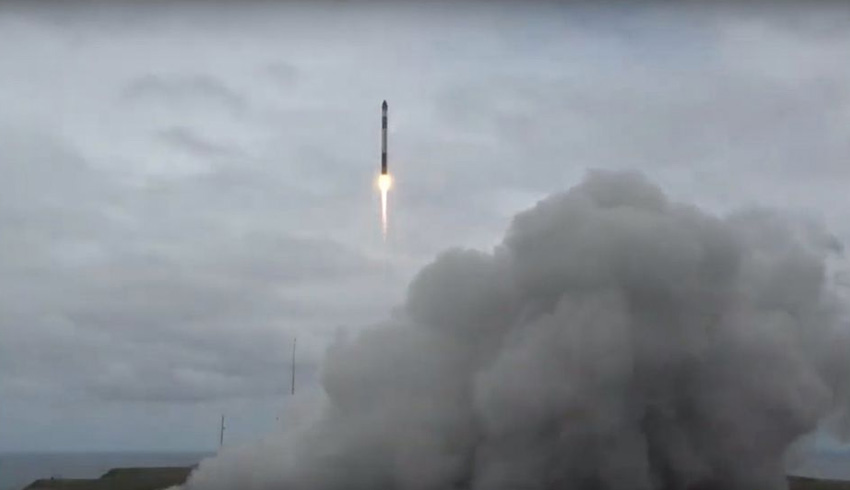The company said it should be ready for its first launch of its Electron rocket early next year.
Could that mean less work or the end of launches for the New Zealand site?
Rocket Lab founder and chief executive, New Zealander Peter Beck, said Launch Complex Two (LC-2) at the Mid-Atlantic Regional Spaceport at Wallops Island, Virginia, was intended for customers, principally US government agencies, that wanted to launch their spacecraft from within the US.
Combined with the existing LC-1 in New Zealand, it provides additional launch opportunities.
“Between New Zealand and Wallops, we have some 130-odd launch opportunities. Having two launch pads in two different countries is very advantageous and gives us a lot of flexibility,” he told SpaceNews.
Rocket Lab announced last month it had reached a milestone in the construction of LC-2 with the installation of the launch platform to be used for Electron launches from the site.
With the platform in place, workers are now installing final systems including the strongback, which supports the rocket prior to launch, as well as wiring and plumbing.
“By the end of this year we’ll have that pad fully activated and certified for flight. We’ll be ready for the first flight early next year,” Beck said.
LC-2 is similar in design to LC-1 on the east coast of New Zealand’s North Island, from which all its rockets have been launched, eight in total and four so far this year.
The next launch is scheduled for this month, with its payload including the Kleos Scouting Mission, four satellites to monitor maritime radio frequencies.
Kleos is based in Luxembourg and listed on the Australian Securities Exchange and plans a constellation of 20 satellites.
No launch date has yet been announced.
Beck said LC-2 was slightly different to LC-1 in that it permits static fire tests of Electron stages on the pad itself rather than on separate stands.
LC-2 includes an integration facility able to accommodate four rockets at any time, plus two clean rooms for payloads.
“We can have a vehicle stored in Wallops and rolled out to the pad in a number of hours,” he said.
Rocket Lab’s next big challenge is to reuse its rocket first stages, saving on costs and lifting launch rates.
The company has used recent launches to collect data on first stage descent rates so it can develop the technology needed to ensure they can be recovered and reused.

